
Canada launched consultations on the North American trade pact, made concessions on some US lumber duties. In related news: Prime Minister Carney announced partnership with Mexico; what to expect in the CUSMA review; the US amended its 2023 softwood duty review; and lumber duties fail to prop up prices. In other Business news: La-kwa sa muqw Forestry pursues legal action to end Steelworkers strike; Sweden’s Billerud will cut 650 jobs amid weak European demand; tariffs put Milwaukee’s record-breaking mass timber skyscraper on hold; and Air New Zealand opens a landmark timber-arch hangar.
In Forestry/Climate news: the US National Academy of Sciences rebuffs EPA’s climate findings; new research adds to wildfire’s health-threat impact; Mosaic Forest Management released findings from its public feedback survey; US researchers developed a genomic model to forecast forest futures; mixed-species forests are not always more drought resilient; and a $10M gift secures protection of Maine’s Barnard Forest.
Finally, Derek Nighbor: From decline to growth: getting Canadian forestry’s swagger back.
Kelly McCloskey, Tree Frog News Editor

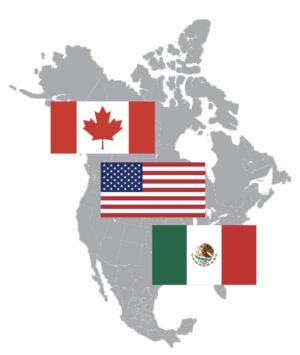 Canada is expected to announce it’s launching formal consultations on the North American trade pact within the next week, after the Trump administration kicked off its own review and the US ambassador said a larger deal is “not going to happen” soon. Canada-US Trade Minister Dominic LeBlanc’s office said the government is expected to imminently post an official notice seeking the public’s comments and feedback about the Canada-US-Mexico Agreement (CUSMA). In preparation for the review, “Canada will be engaging with Canadian industry leaders, provinces and territories and Indigenous partners,” LeBlanc’s office said. The US announced Tuesday it’s formally starting consultations to evaluate the agreement’s results over the past five years. …The formal negotiations to review CUSMA could begin in early 2026. …The prime minister and several ministers are headed to Mexico… an effort to shore up support ahead of the CUSMA review.
Canada is expected to announce it’s launching formal consultations on the North American trade pact within the next week, after the Trump administration kicked off its own review and the US ambassador said a larger deal is “not going to happen” soon. Canada-US Trade Minister Dominic LeBlanc’s office said the government is expected to imminently post an official notice seeking the public’s comments and feedback about the Canada-US-Mexico Agreement (CUSMA). In preparation for the review, “Canada will be engaging with Canadian industry leaders, provinces and territories and Indigenous partners,” LeBlanc’s office said. The US announced Tuesday it’s formally starting consultations to evaluate the agreement’s results over the past five years. …The formal negotiations to review CUSMA could begin in early 2026. …The prime minister and several ministers are headed to Mexico… an effort to shore up support ahead of the CUSMA review. Canada withdrew challenges against some import taxes the US levied against softwood lumber in what the government called a “strategic choice,” as Prime Minister Carney seeks a trade deal with President Trump. The government has revoked two separate claims disputing US anti-dumping duties on softwood lumber based on trading between June 2017 and December 2019, according to Canada’s Global Affairs department. “Canada has made this decision in close consultation with Canadian industry, provinces and key partners, and it reflects a strategic choice to maximize long-term interests and prospects for a negotiated resolution with the US,” John Babcock said. …The move follows a pattern of Carney’s government trying to remove so-called trade irritants in pursuit of a wider settlement with the Trump administration, which has erected tariffs against key Canadian industries like steel and autos, as well as a 35% “emergency” tariff against other goods if they aren’t compliant with the US-Mexico-Canada trade deal.
Canada withdrew challenges against some import taxes the US levied against softwood lumber in what the government called a “strategic choice,” as Prime Minister Carney seeks a trade deal with President Trump. The government has revoked two separate claims disputing US anti-dumping duties on softwood lumber based on trading between June 2017 and December 2019, according to Canada’s Global Affairs department. “Canada has made this decision in close consultation with Canadian industry, provinces and key partners, and it reflects a strategic choice to maximize long-term interests and prospects for a negotiated resolution with the US,” John Babcock said. …The move follows a pattern of Carney’s government trying to remove so-called trade irritants in pursuit of a wider settlement with the Trump administration, which has erected tariffs against key Canadian industries like steel and autos, as well as a 35% “emergency” tariff against other goods if they aren’t compliant with the US-Mexico-Canada trade deal. 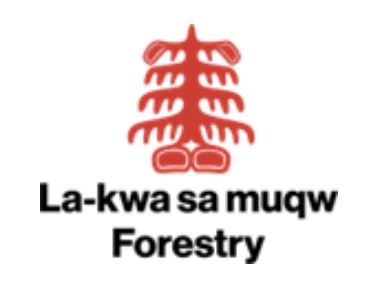 Campbell River, British Columbia: La-kwa sa muqw Forestry Limited Partnership (LKSM) has been working to bring closure to the strike, which began on June 6, 2025, in a way that supports strong, positive, and enduring relationships between First Nations and other participants in the forestry sector in their territories and allows everyone to move forward together. Despite LKSM’s repeated efforts to achieve a negotiated resolution—including multiple applications for mediation and requests for special government intervention, the USW has continued to refuse both direct bargaining and third-party mediation. This now leaves legal action as the only available recourse to advance the interests of all parties and communities affected by the dispute. …This situation has left LKSM with no other option than to pursue a legal remedy that will remove this impediment to progress and enable resumption of negotiations.
Campbell River, British Columbia: La-kwa sa muqw Forestry Limited Partnership (LKSM) has been working to bring closure to the strike, which began on June 6, 2025, in a way that supports strong, positive, and enduring relationships between First Nations and other participants in the forestry sector in their territories and allows everyone to move forward together. Despite LKSM’s repeated efforts to achieve a negotiated resolution—including multiple applications for mediation and requests for special government intervention, the USW has continued to refuse both direct bargaining and third-party mediation. This now leaves legal action as the only available recourse to advance the interests of all parties and communities affected by the dispute. …This situation has left LKSM with no other option than to pursue a legal remedy that will remove this impediment to progress and enable resumption of negotiations.


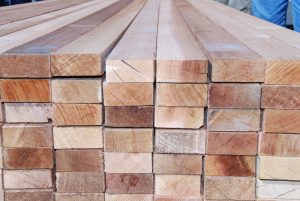 When the Trump administration more than doubled import fees on Canadian softwood lumber earlier this year, the goal was to support domestic prices and boost US production. Instead, prices have plunged, and mills on both sides of the border are scaling back. A benchmark for the commodity mostly used in construction has plunged 18% since an August peak to the lowest in seven months, driven by sluggish homebuilding activity and a glut of inventory. The drop shows how protectionist measures aren’t always enough to protect domestic industries from broader market dynamics at a time when high interest rates and elevated costs are squeezing consumers and weighing on their confidence, dampening demand for new homes. …“The US producers were looking for more of a price bump from the duties, and they didn’t get one,” said Brooks Mendell, at Forisk Consulting. “The interpretation of that is, well, the demand isn’t there.”
When the Trump administration more than doubled import fees on Canadian softwood lumber earlier this year, the goal was to support domestic prices and boost US production. Instead, prices have plunged, and mills on both sides of the border are scaling back. A benchmark for the commodity mostly used in construction has plunged 18% since an August peak to the lowest in seven months, driven by sluggish homebuilding activity and a glut of inventory. The drop shows how protectionist measures aren’t always enough to protect domestic industries from broader market dynamics at a time when high interest rates and elevated costs are squeezing consumers and weighing on their confidence, dampening demand for new homes. …“The US producers were looking for more of a price bump from the duties, and they didn’t get one,” said Brooks Mendell, at Forisk Consulting. “The interpretation of that is, well, the demand isn’t there.” 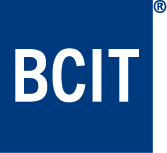 The BCIT School of Construction and the Environment offers two Associate Certificate programs designed to support workforce development in the North American lumber and sawmill sector:
The BCIT School of Construction and the Environment offers two Associate Certificate programs designed to support workforce development in the North American lumber and sawmill sector: 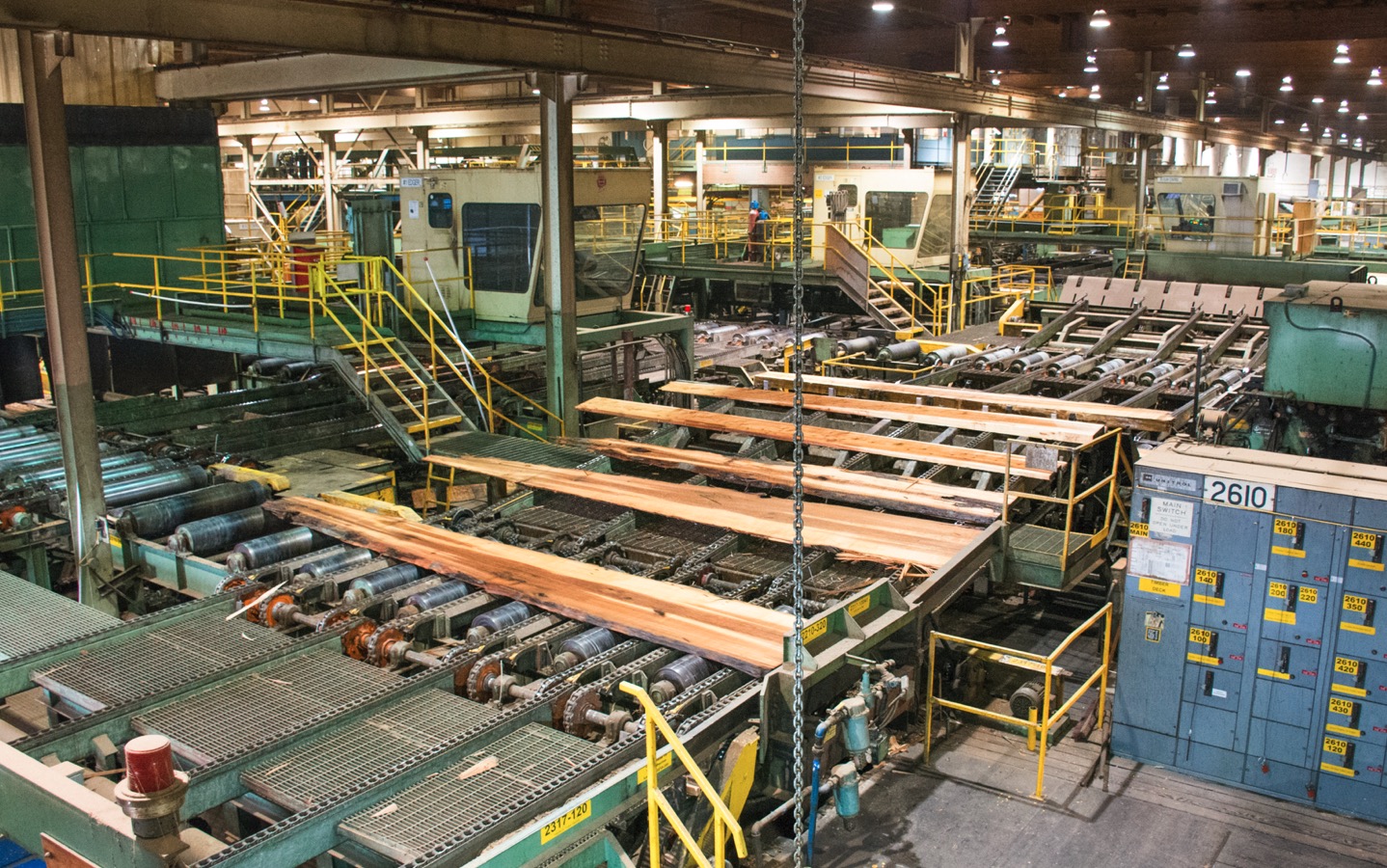
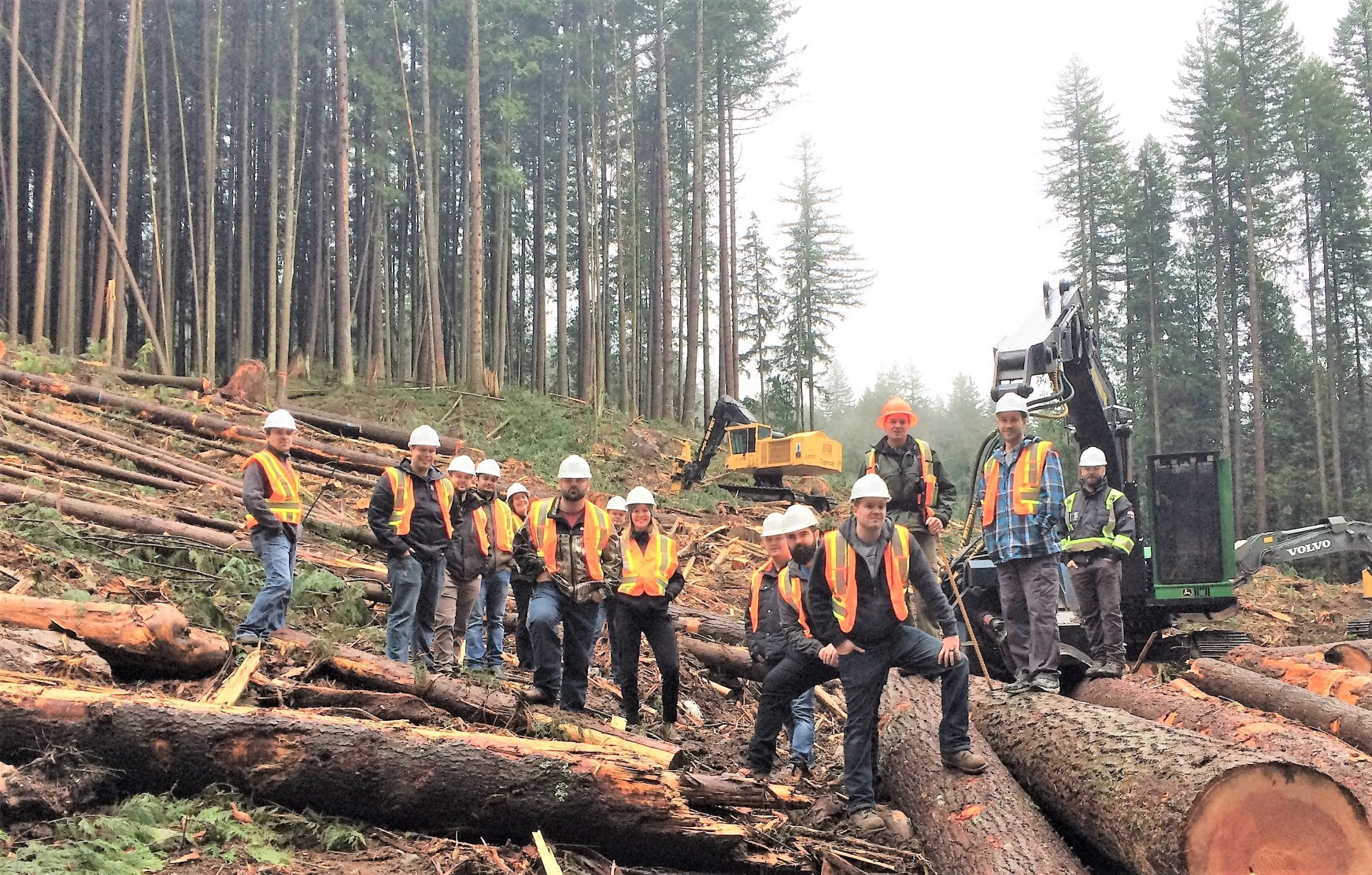

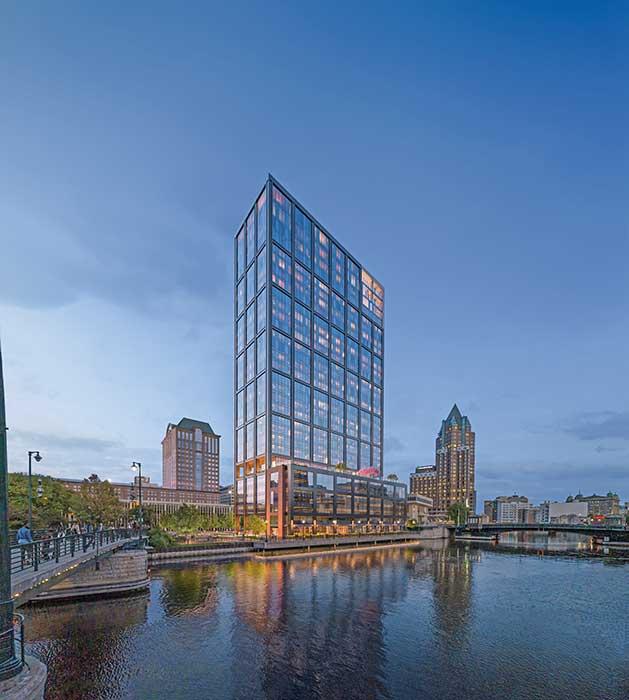
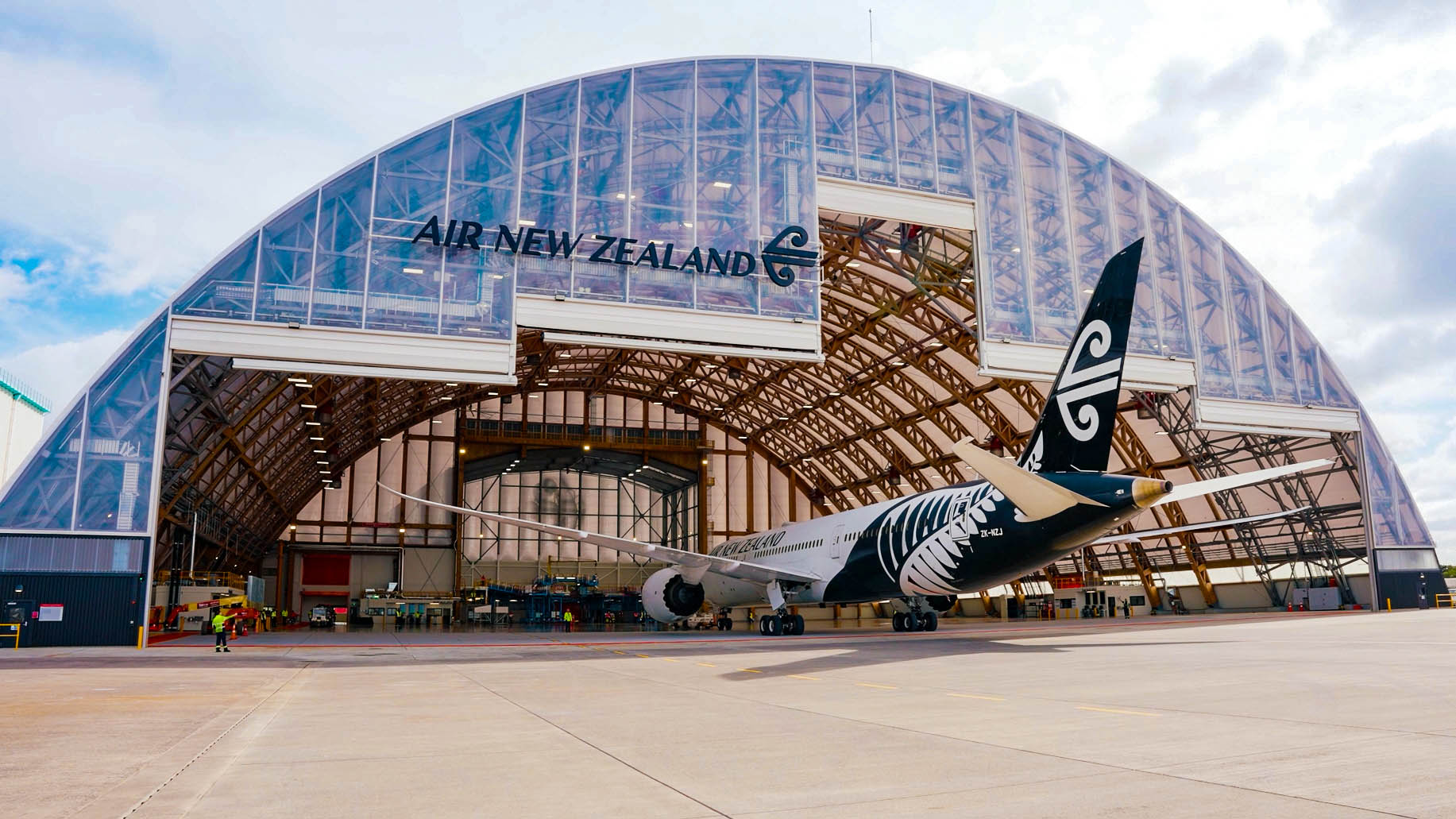 Air New Zealand has unveiled Hangar 4, a state-of-the-art aircraft maintenance facility that represents one of the airline’s most significant infrastructure investments. …Designed to serve the next 50 years of aviation, the new facility positions Air New Zealand at the forefront of modern fleet maintenance as it prepares for the arrival of next-generation aircraft. At 10,000 square metres, 35 metres high and 98 metres wide, Hangar 4’s scale allows Air New Zealand engineers to service a Boeing 787-9 Dreamliner and two Airbus A320/A321s simultaneously, supported by an additional 5000 square metres of specialist workshops and engineering spaces. Hangar 4 … is the largest single-span timber arch aircraft hangar in the southern hemisphere. Timber was chosen for its lighter weight, ability to be sourced sustainably – from plantations in Nelson and Wodonga – and for its performance in a coastal environment. …Prefabricated trusses, each weighing 38 tonnes, were built in 25-metre sections, assembled on site and lifted into place…
Air New Zealand has unveiled Hangar 4, a state-of-the-art aircraft maintenance facility that represents one of the airline’s most significant infrastructure investments. …Designed to serve the next 50 years of aviation, the new facility positions Air New Zealand at the forefront of modern fleet maintenance as it prepares for the arrival of next-generation aircraft. At 10,000 square metres, 35 metres high and 98 metres wide, Hangar 4’s scale allows Air New Zealand engineers to service a Boeing 787-9 Dreamliner and two Airbus A320/A321s simultaneously, supported by an additional 5000 square metres of specialist workshops and engineering spaces. Hangar 4 … is the largest single-span timber arch aircraft hangar in the southern hemisphere. Timber was chosen for its lighter weight, ability to be sourced sustainably – from plantations in Nelson and Wodonga – and for its performance in a coastal environment. …Prefabricated trusses, each weighing 38 tonnes, were built in 25-metre sections, assembled on site and lifted into place…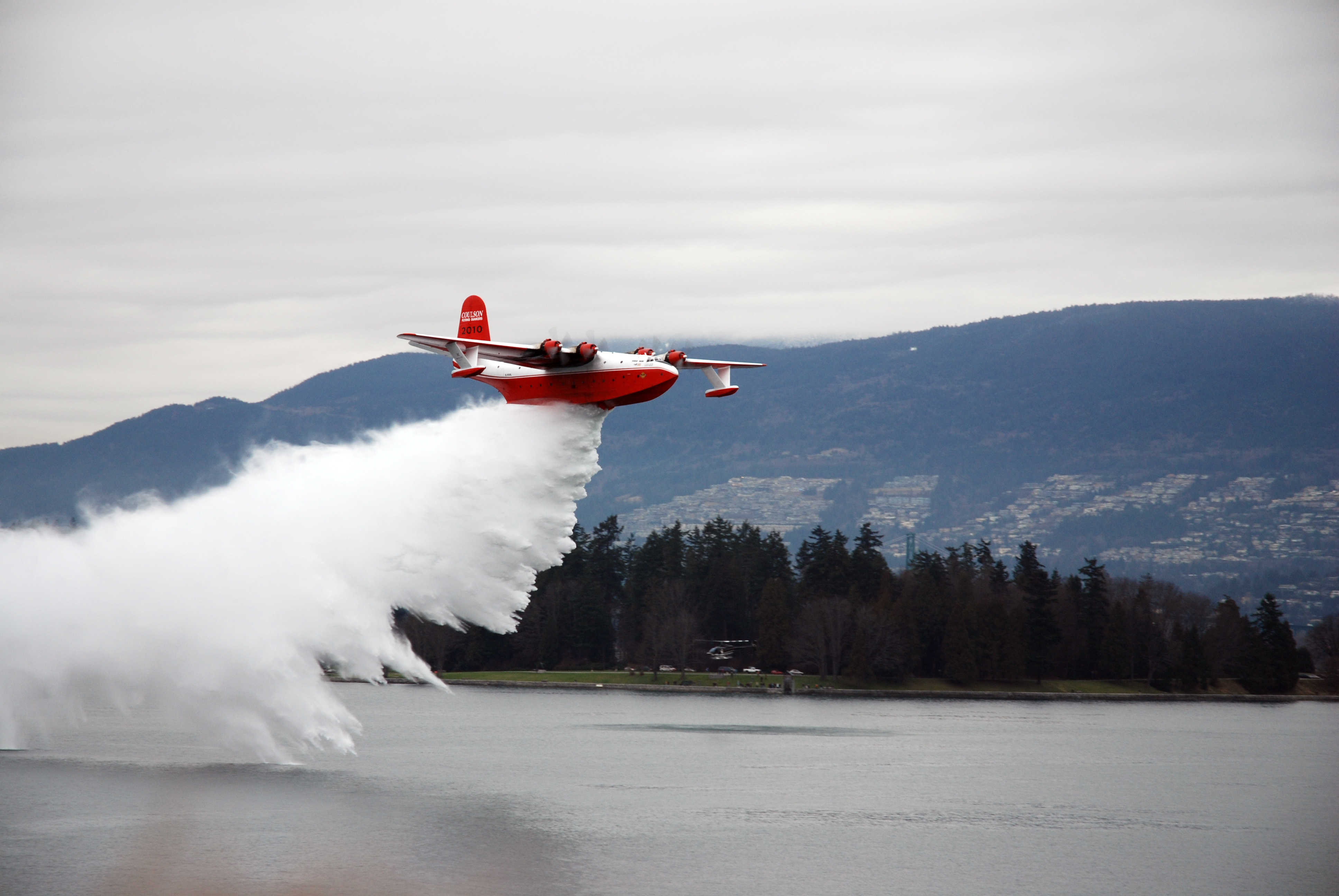 People should continue to use caution and take steps to be prepared by staying up to date on current conditions, following fire prohibitions and being Firesmart, as the risk of wildfire is expected to continue into fall. The BC Wildfire Service’s fall seasonal outlook forecasts ongoing wildfire risk for much of the province, especially in the Cariboo and southwestern Interior. Convective thunderstorms typically decrease as fall approaches; however, despite a lower likelihood of wildfires due to lightning, human-caused wildfires remain a risk. Until the southern coast shifts to a stormier fall-like pattern and the Prince George and Kamloops fire centres receive substantial rainfall, the wildfire danger ratings will continue to be elevated. As a result of the late summer’s record-breaking heat wave, combined with ongoing drought, people in B.C. are encouraged to be prepared for the risk of wildfire this fall.
People should continue to use caution and take steps to be prepared by staying up to date on current conditions, following fire prohibitions and being Firesmart, as the risk of wildfire is expected to continue into fall. The BC Wildfire Service’s fall seasonal outlook forecasts ongoing wildfire risk for much of the province, especially in the Cariboo and southwestern Interior. Convective thunderstorms typically decrease as fall approaches; however, despite a lower likelihood of wildfires due to lightning, human-caused wildfires remain a risk. Until the southern coast shifts to a stormier fall-like pattern and the Prince George and Kamloops fire centres receive substantial rainfall, the wildfire danger ratings will continue to be elevated. As a result of the late summer’s record-breaking heat wave, combined with ongoing drought, people in B.C. are encouraged to be prepared for the risk of wildfire this fall.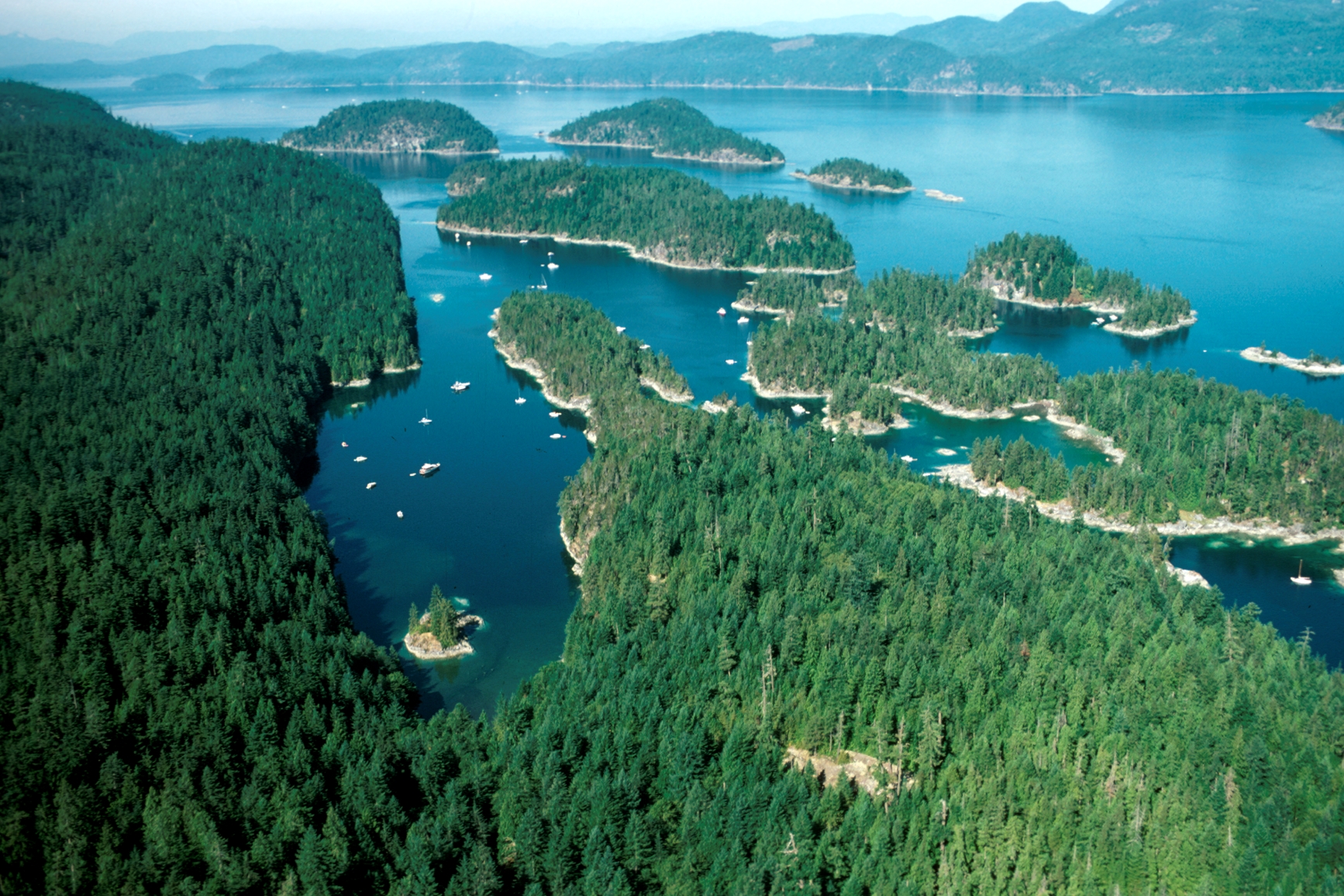
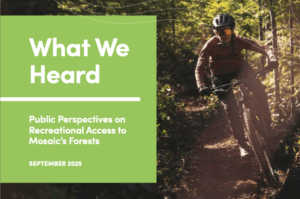 Mosaic Forest Management has clearly heard that communities value their outdoor access. After receiving what the company calls an “overwhelming” response to a survey, they will be moving forward with next steps on improving its recreation program. The survey garnered 7,600 responses in 23 days. “What we heard was clear. Communities value access to the outdoors and want more and better opportunities to do so,” said Mosaic’s CEO Duncan Davies (see report titled
Mosaic Forest Management has clearly heard that communities value their outdoor access. After receiving what the company calls an “overwhelming” response to a survey, they will be moving forward with next steps on improving its recreation program. The survey garnered 7,600 responses in 23 days. “What we heard was clear. Communities value access to the outdoors and want more and better opportunities to do so,” said Mosaic’s CEO Duncan Davies (see report titled 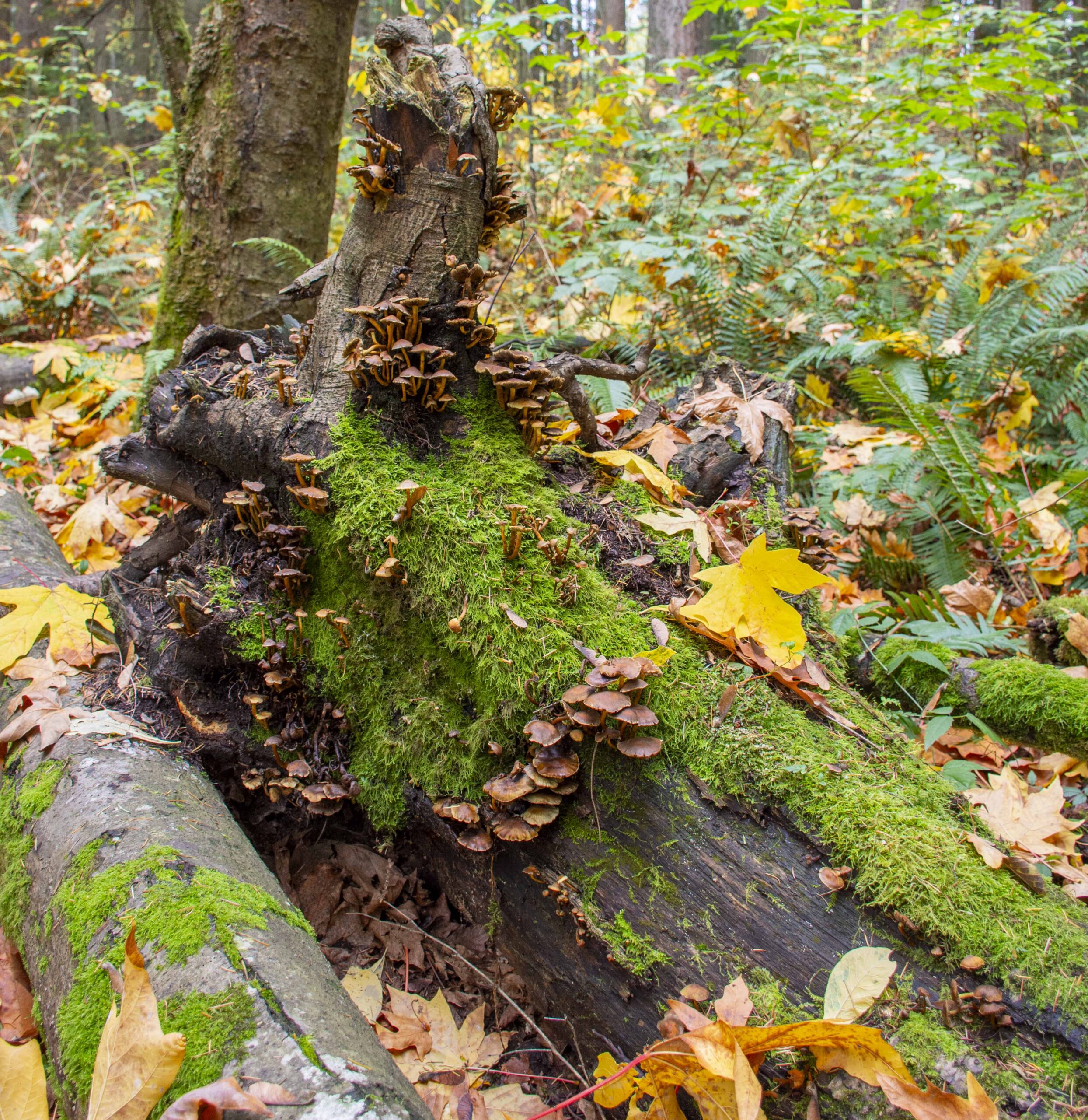 One of the great challenges of ecology is to understand the factors that maintain, or undermine, diversity in ecosystems, researchers write in a
One of the great challenges of ecology is to understand the factors that maintain, or undermine, diversity in ecosystems, researchers write in a 
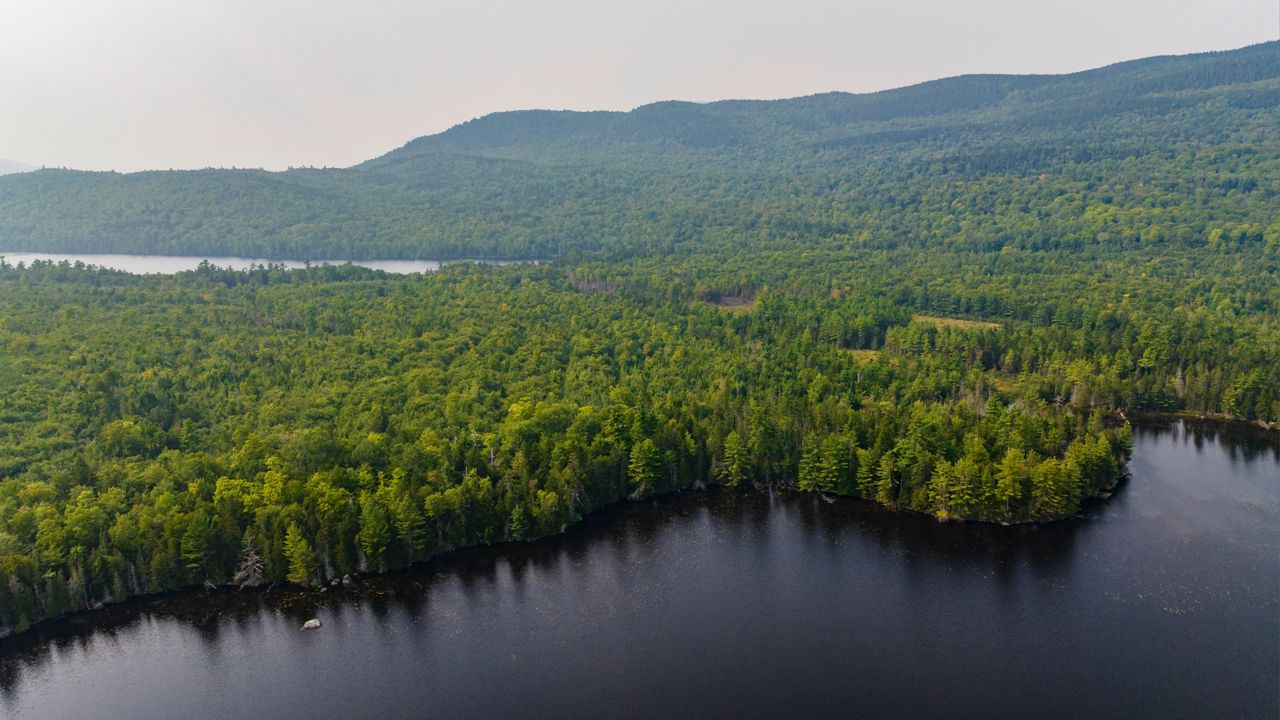
 Increasing tree species diversity is widely suggested as a way to help forests withstand climate change – especially prolonged droughts. But a new international study led by the University of Freiburg, published in Global Change Biology, shows that simply mixing more tree species does not always boost forests’ resilience to drought. In fact, the effects of diversity on tree growth can shift from beneficial to negative as droughts drag on. Drawing on tree ring data from the world’s largest network of tree diversity experiments, researchers found that diverse forests can initially support better tree growth during single-year droughts. However, as droughts persist longer within a year or extend over consecutive years, these positive effects can turn negative depending on local conditions. In some cases, mixing tree species strengthened forest resilience; in others, it increased stress and competition for water. …Building resilient forests will thus require not just more species, but carefully selected combinations and adaptive management.
Increasing tree species diversity is widely suggested as a way to help forests withstand climate change – especially prolonged droughts. But a new international study led by the University of Freiburg, published in Global Change Biology, shows that simply mixing more tree species does not always boost forests’ resilience to drought. In fact, the effects of diversity on tree growth can shift from beneficial to negative as droughts drag on. Drawing on tree ring data from the world’s largest network of tree diversity experiments, researchers found that diverse forests can initially support better tree growth during single-year droughts. However, as droughts persist longer within a year or extend over consecutive years, these positive effects can turn negative depending on local conditions. In some cases, mixing tree species strengthened forest resilience; in others, it increased stress and competition for water. …Building resilient forests will thus require not just more species, but carefully selected combinations and adaptive management. 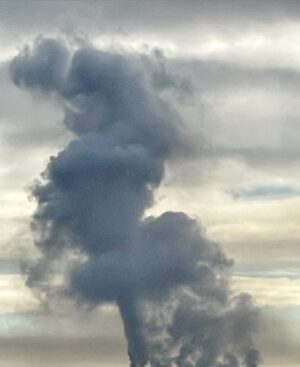 WASHINGTON — Evidence that climate change harms public health is “beyond scientific dispute,” the independent National Academy of Sciences said in response to the Trump administration’s efforts to revoke a landmark U.S. government finding to that effect that underpins key environmental regulations. The NAS, a non-governmental nonprofit set up to advise the government on science, said human activity is releasing greenhouse gases that are warming the planet, increasing extreme temperatures and changing the oceans, all dangerous developments for the health and welfare of the United States public. Evidence to that effect has only grown stronger since 2009, the group said. In July, the Trump administration proposed revoking what’s known as the 2009 “endangerment” finding, the concept that climate change is a threat. Overturning it could pave the way for cutting a range of rules that limit pollution from cars, power plants and other sources.
WASHINGTON — Evidence that climate change harms public health is “beyond scientific dispute,” the independent National Academy of Sciences said in response to the Trump administration’s efforts to revoke a landmark U.S. government finding to that effect that underpins key environmental regulations. The NAS, a non-governmental nonprofit set up to advise the government on science, said human activity is releasing greenhouse gases that are warming the planet, increasing extreme temperatures and changing the oceans, all dangerous developments for the health and welfare of the United States public. Evidence to that effect has only grown stronger since 2009, the group said. In July, the Trump administration proposed revoking what’s known as the 2009 “endangerment” finding, the concept that climate change is a threat. Overturning it could pave the way for cutting a range of rules that limit pollution from cars, power plants and other sources.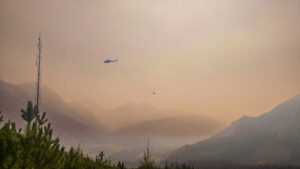 Wildfire smoke is the air quality nightmare of our generation, eating away at previous gains made by cracking down on industrial emissions and tailpipe pollution. Constant exposure to smoke is becoming a chronic threat even in places that historically haven’t had many wildfires. …All that smoke is projected to lead to tens of thousands more premature deaths in the coming years, according to a pair of eye-opening research papers published today in the journal Nature. …“Increasing wildfire smoke is a lived experience now for most people around the US,”
Wildfire smoke is the air quality nightmare of our generation, eating away at previous gains made by cracking down on industrial emissions and tailpipe pollution. Constant exposure to smoke is becoming a chronic threat even in places that historically haven’t had many wildfires. …All that smoke is projected to lead to tens of thousands more premature deaths in the coming years, according to a pair of eye-opening research papers published today in the journal Nature. …“Increasing wildfire smoke is a lived experience now for most people around the US,”